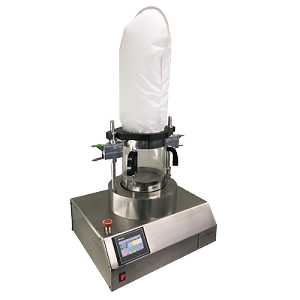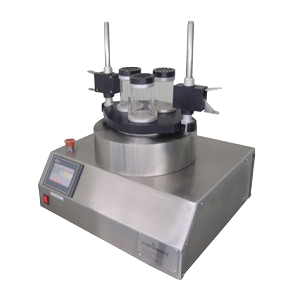

Optimizing Efficiency: Tips and Tricks for Using Your Rapid Dryer
Rapid dryers have cemented their place in the pharmaceutical industry, offering a reliable means to efficiently and precisely dry various materials. These sophisticated instruments play a vital role in enhancing productivity and streamlining the manufacturing process. To harness the full potential of your rapid dryer and ensure optimal outcomes, it’s imperative to understand how to utilize it efficiently. In this article, we will delve into a comprehensive guide of essential tips and tricks for maximizing efficiency while operating your rapid dryer, empowering you to extract the best results from this indispensable pharmaceutical equipment.
Preparing Your Material
Before initiating the drying process, it’s paramount to prepare the material properly. The following steps should be considered:
Material Size Optimization
To expedite the drying procedure, consider reducing the size of the material, where applicable. Smaller particles have a greater surface area, promoting faster drying.
Ensuring Uniformity
Uniform distribution of the material is essential for maintaining consistent drying throughout the process. Inconsistent distribution may lead to inefficiency and affect the quality of the end product.
Moisture Content Assessment
Determine the initial moisture content of the material. This crucial data will enable you to fine-tune drying parameters and accurately estimate the required drying time.
Precision in Airflow and Temperature Control
Efficient drying hinges on precise airflow and temperature control. Pay attention to the following aspects:
Airflow Optimization
Adjust the airflow velocity and direction within the drying chamber to achieve uniform drying. Non-uniform airflow can result in pockets of moisture, leading to inefficient drying and potential product degradation.
Temperature Settings
Set the drying temperature based on the material’s specific requirements and moisture content. It’s important to avoid excessively high temperatures, as they can trigger degradation or unwanted chemical reactions. Consult the manufacturer’s guidelines to determine the appropriate temperature range.
Air Circulation
Ensure that the ventilation system of your rapid dryer remains clean and unobstructed. Proper air circulation is instrumental in facilitating efficient drying and preventing the accumulation of moisture in the chamber.
Load Capacity and Batch Size Considerations
To optimize efficiency, it’s crucial to consider load capacity and batch size:
Loading Capacity
Avoid overloading the rapid dryer beyond its recommended capacity. Overloading can impede airflow and diminish the efficiency of the drying process. Adhere to the manufacturer’s guidelines to ascertain the ideal loading capacity for your specific model.
Batch Size Optimization
Determine the optimal batch size in accordance with your drying requirements. Striking a balance between maximizing productivity and ensuring effective drying is key. Larger batch sizes may extend drying times and increase energy consumption.
Continuous Monitoring and Parameter Adjustments
Regularly monitor and fine-tune key parameters for peak efficiency:
Moisture Content Monitoring
Intermittently measure the moisture content during the drying process. This practice allows you to gauge progress and adjust drying parameters as necessary.
Drying Time Adjustment
Based on moisture content measurements, be prepared to modify the drying time when required. This proactive step prevents over-drying or under-drying, ensuring optimal results while minimizing energy consumption.
Maintenance and Cleaning
Maintaining your rapid dryer in optimal condition is essential. Adhere to the manufacturer’s recommended maintenance schedule and keep the equipment clean. Regular cleaning prevents the accumulation of contaminants and guarantees consistent and efficient drying.
Embracing Energy Efficiency
Efficient energy utilization not only reduces operational costs but also aligns with environmentally responsible practices. Implement the following energy-saving measures:
Insulation
Opt for insulation to minimize heat loss and maximize energy efficiency within the drying chamber. Proper insulation safeguards the desired temperature and curbs energy consumption.
Recovery Systems
Consider integrating heat recovery systems into your rapid dryer setup. These systems capture and reuse waste heat, thereby reducing overall energy demands and enhancing efficiency.
Timing Optimization
Schedule drying operations during off-peak hours when electricity costs are potentially lower. This strategy empowers you to maximize cost savings without compromising productivity.
